Capital One 2012 Annual Report Download - page 177
Download and view the complete annual report
Please find page 177 of the 2012 Capital One annual report below. You can navigate through the pages in the report by either clicking on the pages listed below, or by using the keyword search tool below to find specific information within the annual report.-
 1
1 -
 2
2 -
 3
3 -
 4
4 -
 5
5 -
 6
6 -
 7
7 -
 8
8 -
 9
9 -
 10
10 -
 11
11 -
 12
12 -
 13
13 -
 14
14 -
 15
15 -
 16
16 -
 17
17 -
 18
18 -
 19
19 -
 20
20 -
 21
21 -
 22
22 -
 23
23 -
 24
24 -
 25
25 -
 26
26 -
 27
27 -
 28
28 -
 29
29 -
 30
30 -
 31
31 -
 32
32 -
 33
33 -
 34
34 -
 35
35 -
 36
36 -
 37
37 -
 38
38 -
 39
39 -
 40
40 -
 41
41 -
 42
42 -
 43
43 -
 44
44 -
 45
45 -
 46
46 -
 47
47 -
 48
48 -
 49
49 -
 50
50 -
 51
51 -
 52
52 -
 53
53 -
 54
54 -
 55
55 -
 56
56 -
 57
57 -
 58
58 -
 59
59 -
 60
60 -
 61
61 -
 62
62 -
 63
63 -
 64
64 -
 65
65 -
 66
66 -
 67
67 -
 68
68 -
 69
69 -
 70
70 -
 71
71 -
 72
72 -
 73
73 -
 74
74 -
 75
75 -
 76
76 -
 77
77 -
 78
78 -
 79
79 -
 80
80 -
 81
81 -
 82
82 -
 83
83 -
 84
84 -
 85
85 -
 86
86 -
 87
87 -
 88
88 -
 89
89 -
 90
90 -
 91
91 -
 92
92 -
 93
93 -
 94
94 -
 95
95 -
 96
96 -
 97
97 -
 98
98 -
 99
99 -
 100
100 -
 101
101 -
 102
102 -
 103
103 -
 104
104 -
 105
105 -
 106
106 -
 107
107 -
 108
108 -
 109
109 -
 110
110 -
 111
111 -
 112
112 -
 113
113 -
 114
114 -
 115
115 -
 116
116 -
 117
117 -
 118
118 -
 119
119 -
 120
120 -
 121
121 -
 122
122 -
 123
123 -
 124
124 -
 125
125 -
 126
126 -
 127
127 -
 128
128 -
 129
129 -
 130
130 -
 131
131 -
 132
132 -
 133
133 -
 134
134 -
 135
135 -
 136
136 -
 137
137 -
 138
138 -
 139
139 -
 140
140 -
 141
141 -
 142
142 -
 143
143 -
 144
144 -
 145
145 -
 146
146 -
 147
147 -
 148
148 -
 149
149 -
 150
150 -
 151
151 -
 152
152 -
 153
153 -
 154
154 -
 155
155 -
 156
156 -
 157
157 -
 158
158 -
 159
159 -
 160
160 -
 161
161 -
 162
162 -
 163
163 -
 164
164 -
 165
165 -
 166
166 -
 167
167 -
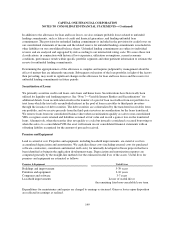 168
168 -
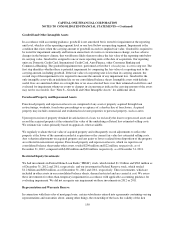 169
169 -
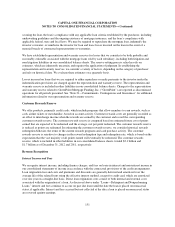 170
170 -
 171
171 -
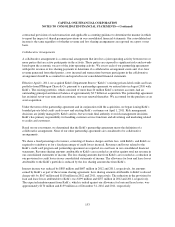 172
172 -
 173
173 -
 174
174 -
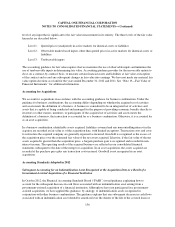 175
175 -
 176
176 -
 177
177 -
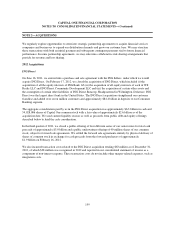 178
178 -
 179
179 -
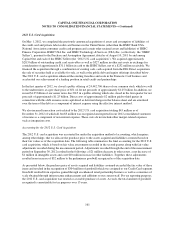 180
180 -
 181
181 -
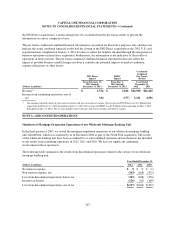 182
182 -
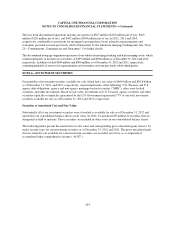 183
183 -
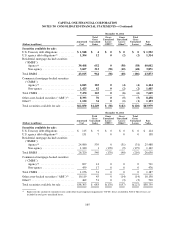 184
184 -
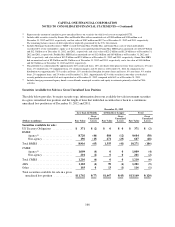 185
185 -
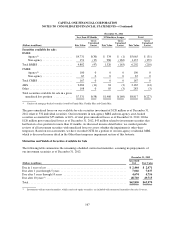 186
186 -
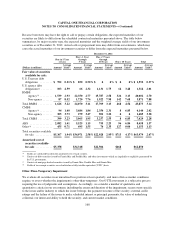 187
187 -
 188
188 -
 189
189 -
 190
190 -
 191
191 -
 192
192 -
 193
193 -
 194
194 -
 195
195 -
 196
196 -
 197
197 -
 198
198 -
 199
199 -
 200
200 -
 201
201 -
 202
202 -
 203
203 -
 204
204 -
 205
205 -
 206
206 -
 207
207 -
 208
208 -
 209
209 -
 210
210 -
 211
211 -
 212
212 -
 213
213 -
 214
214 -
 215
215 -
 216
216 -
 217
217 -
 218
218 -
 219
219 -
 220
220 -
 221
221 -
 222
222 -
 223
223 -
 224
224 -
 225
225 -
 226
226 -
 227
227 -
 228
228 -
 229
229 -
 230
230 -
 231
231 -
 232
232 -
 233
233 -
 234
234 -
 235
235 -
 236
236 -
 237
237 -
 238
238 -
 239
239 -
 240
240 -
 241
241 -
 242
242 -
 243
243 -
 244
244 -
 245
245 -
 246
246 -
 247
247 -
 248
248 -
 249
249 -
 250
250 -
 251
251 -
 252
252 -
 253
253 -
 254
254 -
 255
255 -
 256
256 -
 257
257 -
 258
258 -
 259
259 -
 260
260 -
 261
261 -
 262
262 -
 263
263 -
 264
264 -
 265
265 -
 266
266 -
 267
267 -
 268
268 -
 269
269 -
 270
270 -
 271
271 -
 272
272 -
 273
273 -
 274
274 -
 275
275 -
 276
276 -
 277
277 -
 278
278 -
 279
279 -
 280
280 -
 281
281 -
 282
282 -
 283
283 -
 284
284 -
 285
285 -
 286
286 -
 287
287 -
 288
288 -
 289
289 -
 290
290 -
 291
291 -
 292
292 -
 293
293 -
 294
294 -
 295
295 -
 296
296 -
 297
297 -
 298
298 -
 299
299 -
 300
300 -
 301
301 -
 302
302 -
 303
303 -
 304
304 -
 305
305 -
 306
306 -
 307
307 -
 308
308 -
 309
309 -
 310
310 -
 311
311
 |
 |
CAPITAL ONE FINANCIAL CORPORATION
NOTES TO CONSOLIDATED FINANCIAL STATEMENTS—(Continued)
Transfers and Servicing: Reconsideration of Effective Control for Repurchase Agreements
In April 2011, the FASB issued an amendment to the guidance for transfers and servicing with regard to
repurchase agreements and other agreements that both entitle and obligate a transferor to repurchase or redeem
financial assets before their maturity. This amendment removes the criterion related to collateral maintenance
from the transferor’s assessment of effective control. It focuses the assessment of effective control on the
transferor’s rights and obligations with respect to the transferred financial assets and not on whether the
transferor has the practical ability to perform in accordance with those rights or obligations. Our adoption of the
amended guidance on January 1, 2012 did not have a material impact on our consolidated financial statements.
Issued but Not Yet Adopted Accounting Standards
Comprehensive Income: Reporting of Amounts Reclassified Out of Accumulated Other Comprehensive
Income
In February 2013, the FASB issued new guidance requiring an entity to report the effect of significant
reclassifications out of accumulated other comprehensive income on the respective line items in net income if the
amount being reclassified is required under U.S. GAAP to be reclassified in its entirety to net income. For other
amounts that are not required under U.S. GAAP to be reclassified in their entirety to net income in the same
reporting period, an entity is required to cross-reference other disclosures required under U.S. GAAP that provide
additional detail about those amounts. The new guidance does not change the items which must be reported in
other comprehensive income, how such items are measured or when they must be reclassified from other
comprehensive income to net income. The information must be presented either on the face of the Consolidated
Statement of Comprehensive Income or in the notes. The guidance is effective for reporting periods beginning
after December 15, 2012. Our adoption of the guidance on January 1, 2013 will have no effect on our financial
condition, results of operations or liquidity since it impacts disclosures only.
Offsetting Financial Assets and Liabilities
In December 2011, the FASB issued guidance intended to enhance current disclosure requirements on offsetting
financial assets and liabilities. The new disclosures will enable financial statement users to compare balance
sheets prepared under U.S. GAAP and IFRS, which are subject to different offsetting models. Upon adoption,
entities will be required to disclose both gross and net information about instruments and transactions eligible for
offset in the balance sheet as well as instruments and transactions subject to an agreement similar to a master
netting arrangement. The disclosures will be required irrespective of whether such instruments are presented
gross or net on the balance sheet. The guidance is effective for annual and interim reporting periods beginning on
or after January 1, 2013, with comparative retrospective disclosures required for all periods presented. Our
adoption of the guidance will have no effect on our financial condition, results of operations or liquidity since it
impacts disclosures only.
158
